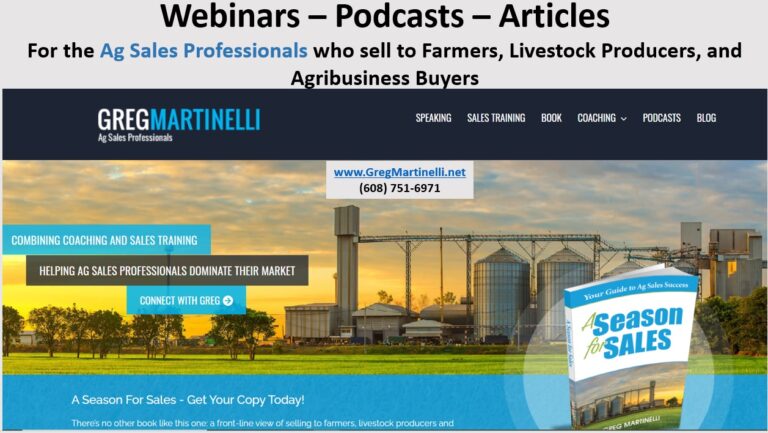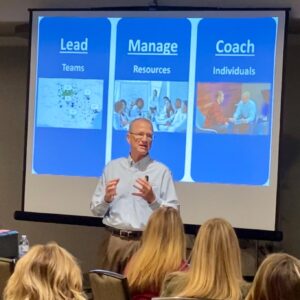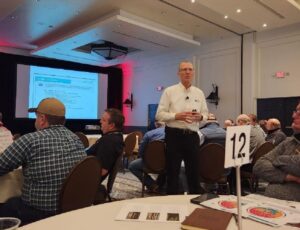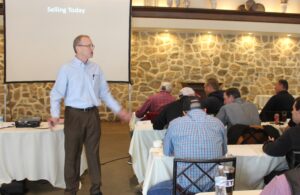Data Tells but a Story Sells
Which do you remember more, your 6th grade American History class or the historical scenes from Forrest Gump? For most of us, 6th grade was so long ago, we can’t even remember the teachers name, let alone what she said. Why? We think it is because it was boring. Not so. If you put a story to it and personalize history as in the popular movie Forrest Gump, you can instantly and fondly recall the moments of history he went through.
Why then, when we are out selling do we love to bring in data and charts and graphs? The more complicated the subject, the more charts and graphs we use. We don’t think in charts and graphs. We think in pictures. Take 30 seconds and reminisce about any moment in your past – your graduation, your wedding, your last big sales success, something hilarious that happened on a sales call. Now, how did you remember it? As data or did you see the actual events in your memory? Or did you see pictures and short mental video clips?
Using stories to sell in a professional setting is not the same as just sitting around with your friends and reminiscing. Stories that sell have structure to them. They describe the before, during and after. They quickly depict the struggle and the solution. Which struggle? The one your product solves.
Stop using data and start telling your story! How? Here are some tips.
Here are six story telling tips!
-
Use Structure: “The 5 C’s of Story Telling”
Why: So you don’t just ramble. Also, so your story ties to the product you are selling. As Neil Page (Steve Martin) tells Dell Griffith (John Candy) in the hilarious sales movie “Planes, Trains and Automobiles” – “Here’s a good idea. Have a point”
C – Characters – describe the characters quickly in your story
C – Conflict – describe the conflict or struggle the characters have
C – Cure – this is where your product comes in
C – Change – describe the change. The before & after picture
C – Carry Out Message – most often, this is telling the customer how they can have the same results in their business by using your product
-
Another structure for Stories
- Trigger Event
- Transformation
- Lesson Learned
-
The more complicated the information, the more you need a story
Ever have some really difficult or complicated information to convey to a customer and put together graphs, charts & data to try and convey it to your customer? I’m sure you have. We all do in sales. You need them. However, develop the story that helps the customer remember it. The story that they can see themselves in. Tell that story first. Then, if the customer is interested or needs the information, you go into your charts and graphs.
-
Hire a professional
Yes, there are many companies that hire professionals that focus on helping companies structure a story. Wayne Schoenberg is a good one for this. With many years telling stories in front of judges and juries, Wayne works with businesses to develop their story into a compelling format. You can find him on LinkedIn at https://www.linkedin.com/in/wayneschoeneberg/
-
Play to the Audience:
Playing to your audience is of course a term used in show business to describe how you modify your performance based on the audience. The same holds true in sales and business. In my sales training, we go through the DISC Styles and how to sell to the four quadrants. Story telling is part of that discussion. You don’t use the same detail and length in your story when selling to a D Style customer versus an S-Style customer. If you do, you will soon see your D Style customer checking their phone or email or simply checking out mentally on your story.
-
Have a Call to Action
The ending piece to your story is the Carry Out Message. In sales, this is the idea that – “You too can benefit as the hero in our story did”. That’s perfect, but it needs one more thing – A Call to Action. Ask for the sale in whatever way is appropriate.
In closing, remember this. Following any presentation, I have never heard anyone say “Wow, did you see slide 46? That was amazing!” But we do hear people remembering the stories that a presenter tells. We mull these over in our mind. We see the images that were discussed by the presenter. Then we see the image of whether or not we could be in that story. If we do, then we take action. If not, we soon forget!




